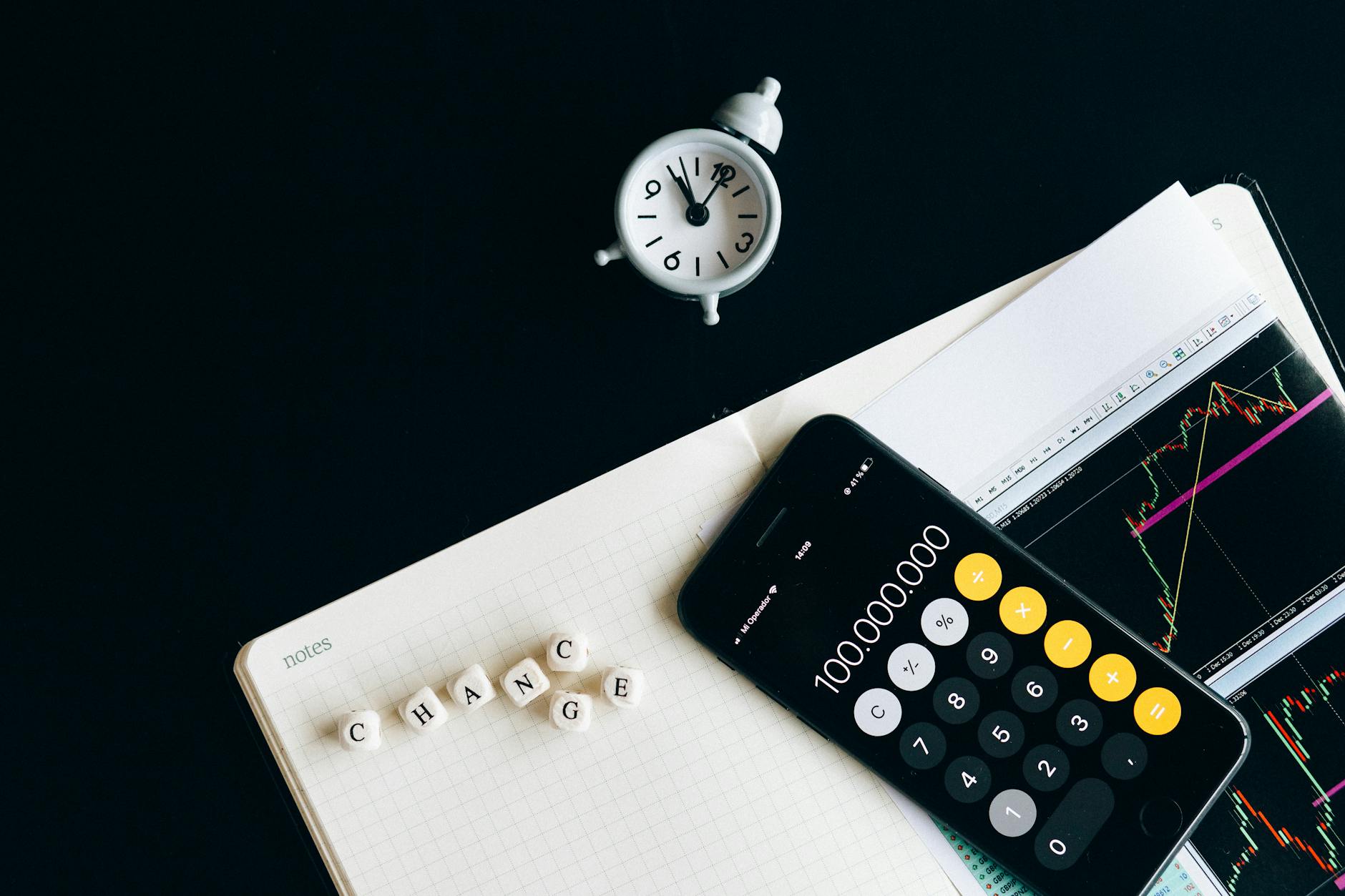Understanding leverage is essential if you’re stepping into the world of forex trading. Leverage can be a powerful tool to maximize gains, but it’s not without its risks. Let’s break this concept into simple terms and explore how it works, its benefits, and the potential pitfalls.
What Is Leverage in Forex?
Leverage in forex trading refers to the ability to control a large trading position with a relatively small amount of your own money. In essence, it’s like borrowing money from a broker to increase your trading exposure.
Imagine leverage as a magnifying glass in trading. Just as a magnifying glass makes things appear larger, leverage amplifies both your potential profits and losses.
For example, if your broker offers you 50:1 leverage, this means you can control $50 for every $1 you have in your trading account. With $1,000, you could trade positions worth $50,000.

Photo by Nataliya Vaitkevich
How Does Leverage Work?
Leverage is expressed as a ratio, such as 10:1, 50:1, or even 100:1. This ratio indicates how much trade value you can control with your capital. The smaller the margin you need to deposit, the greater the leverage.
Here’s a simple breakdown:
- Leverage Ratio: 100:1
- Your Capital: $1,000
- Trade Value: $1,000 × 100 = $100,000
In this case, only a $1,000 margin is required to control a $100,000 trade. Brokers make this possible by essentially lending you the extra amount needed.
Why Is Leverage Used in Forex?
The forex market operates on tight price movements, often measured in pips, or fractions of a cent. Without leverage, these movements would result in very small profits or losses, especially for retail traders. Leverage helps magnify these tiny fluctuations into meaningful opportunities.
For example, a 1% change in a $100,000 position is $1,000. Without leverage, the same 1% move on a $1,000 position would only be $10 — hardly worth your time.
The Risks of High Leverage
While leverage can maximize profits, it also amplifies losses. If a trade moves against you, the losses could wipe out not only your margin but also your entire account.
Let’s say:
- You’re trading with $1,000 at 50:1 leverage, controlling a $50,000 position.
- A 2% loss would equal $1,000 (your entire capital).
This is why many traders call leverage a double-edged sword. It offers vast potential but requires careful handling.
Managing Risk When Using Leverage
Leverage doesn’t have to be a gamble if you use proper risk management. Here are a few tips to keep your trading account safe:
1. Choose the Right Leverage Level
For beginners, it’s wise to stick to lower leverage ratios like 10:1 or 20:1. This reduces your risk exposure while you’re still learning the ropes. Some brokers even allow you to adjust your leverage settings.
2. Set a Stop-Loss
Always set a stop-loss to automatically close your trade if it moves against you by a certain amount. This limits losses and protects your capital.
3. Avoid Over-Leveraging
Don’t risk your entire account on one trade. Aim to risk no more than 1-3% of your account per trade. For instance, if you have $1,000, you might only risk $10-$30.
Leverage in Forex vs. Other Markets
The forex market offers much higher leverage compared to stocks or commodities. Stocks, for example, may only offer leverage up to 2:1 or 3:1. Forex brokers, on the other hand, often provide up to 100:1 or even more.
This doesn’t mean forex is riskier by default. The lower price volatility in currency pairs balances some of the higher leverage levels. Still, traders should treat leverage with caution.
Real-World Example of Leverage in Forex
Let’s put it all together with an example:
You deposit $2,000 into a forex trading account and choose to trade with 50:1 leverage. This allows you to control $100,000. If the currency pair you’re trading moves by 1% in your favor, you earn $1,000 (50% of your capital). But if the trade moves 1% against you, you lose $1,000 — half your account size.
Who Should Use Leverage?
Leverage isn’t for everyone. Beginners should start with minimal or no leverage until they’re confident about their strategies. More experienced traders might use higher leverage levels, but only with a solid risk management plan.
Leverage needs to match your:
- Risk tolerance
- Experience level
- Trading strategy
The Bottom Line
Leverage in forex can feel like a double-edged sword. When used wisely, it’s a tool that opens the door to larger trades and higher potential profits. However, misuse can lead to significant losses.
By understanding how leverage works and sticking to sound risk management rules, you can minimize the risks while maximizing the benefits. Remember, forex trading is a marathon, not a sprint. Always trade within your means and never risk more than you can afford to lose.
